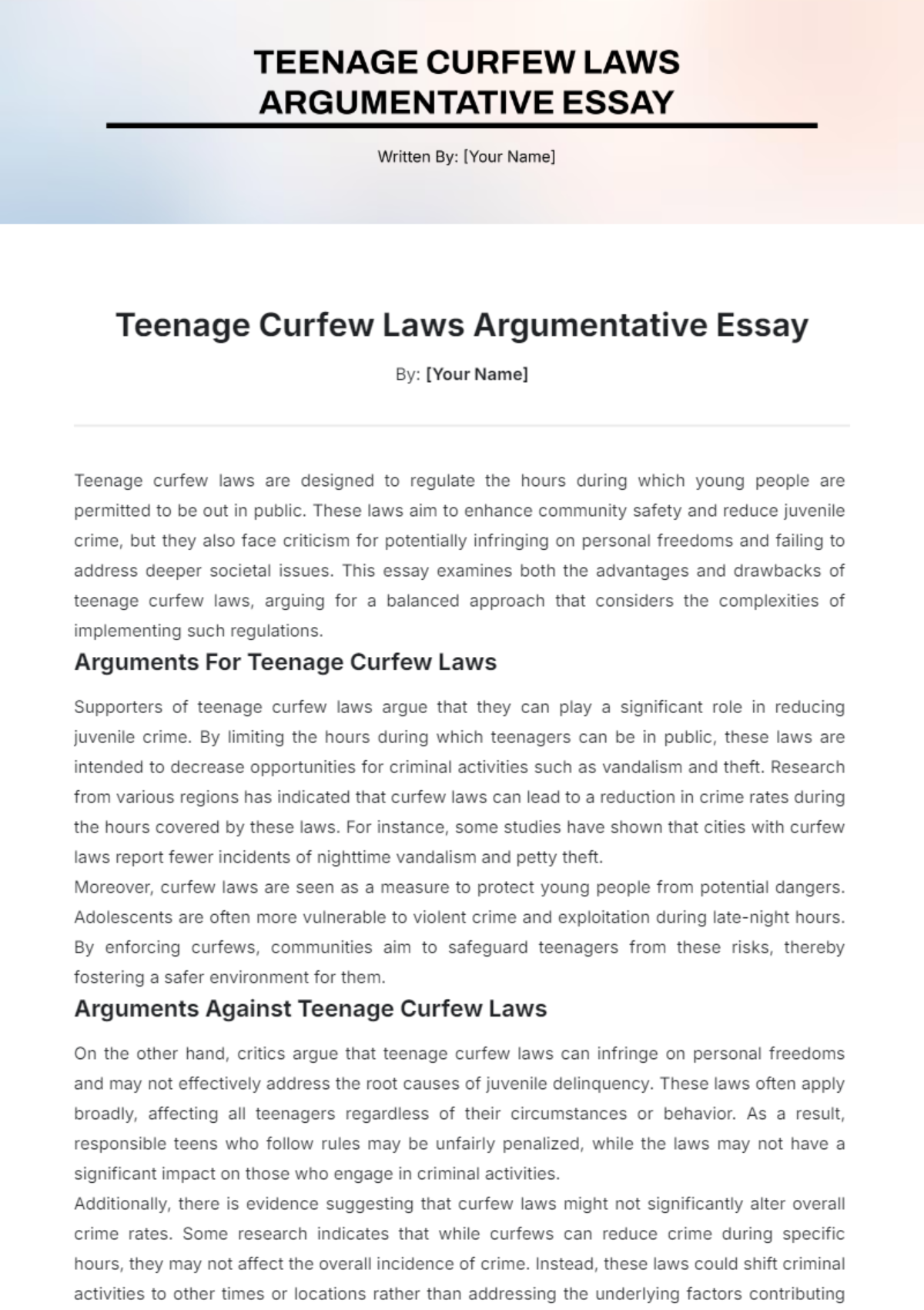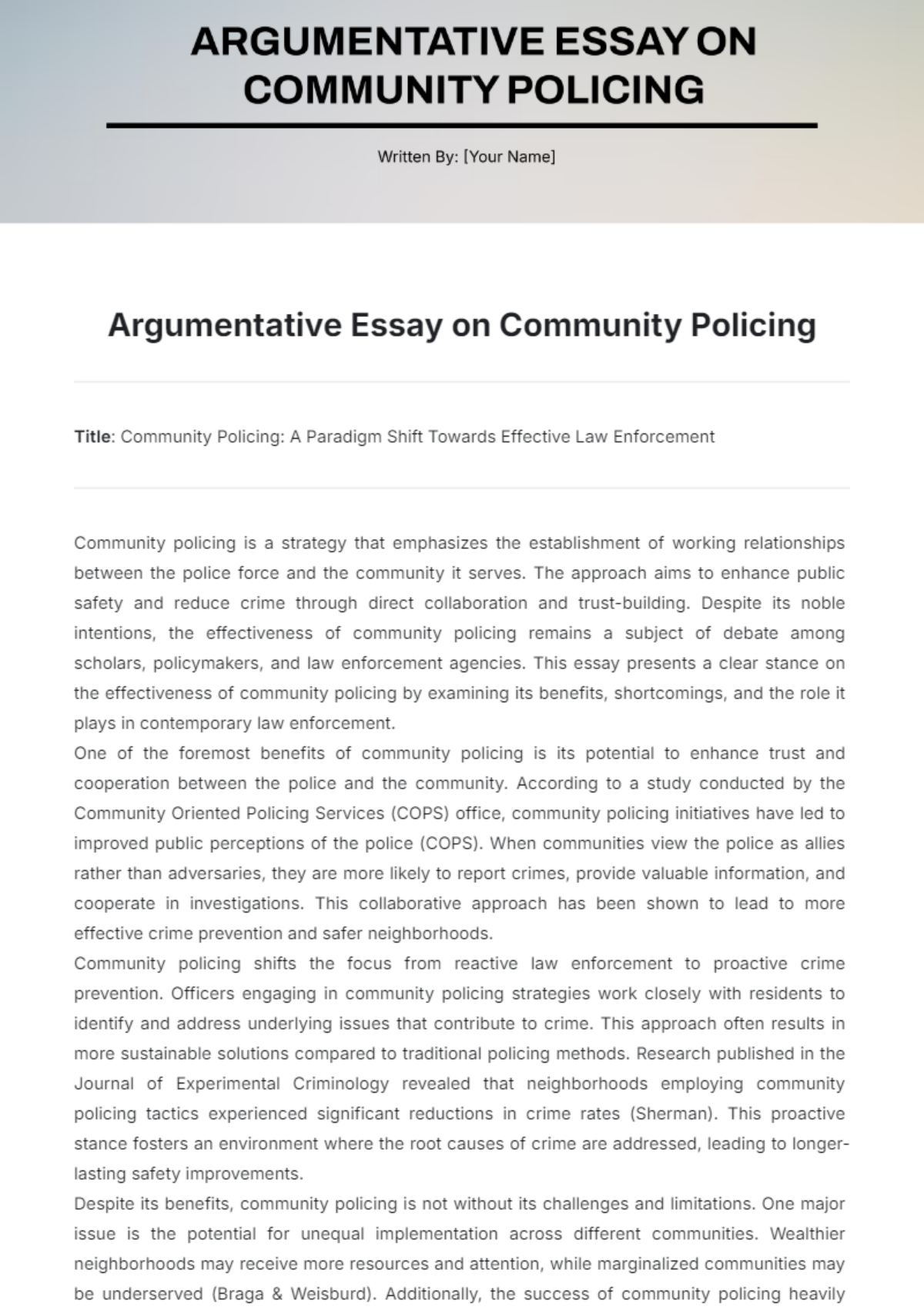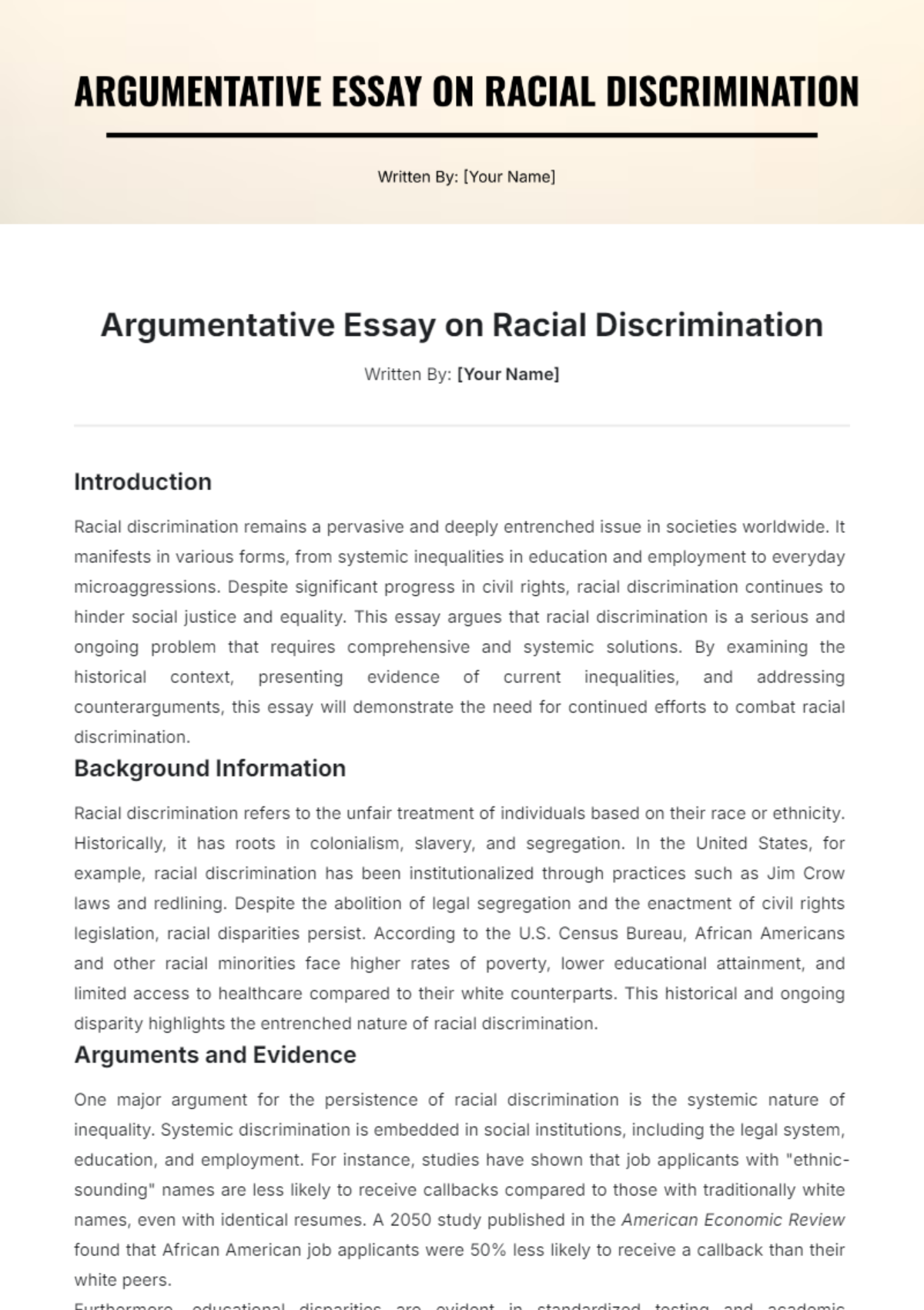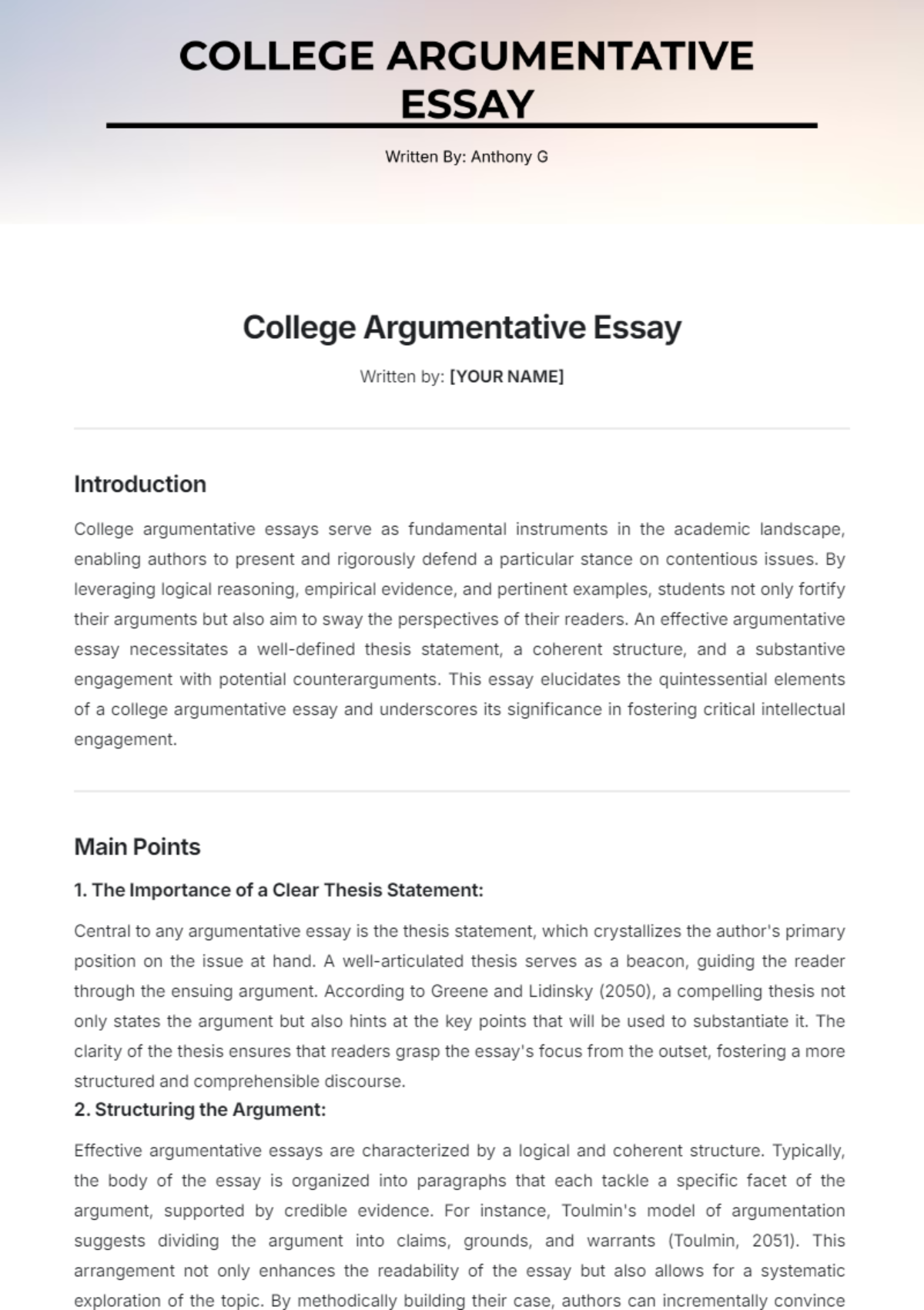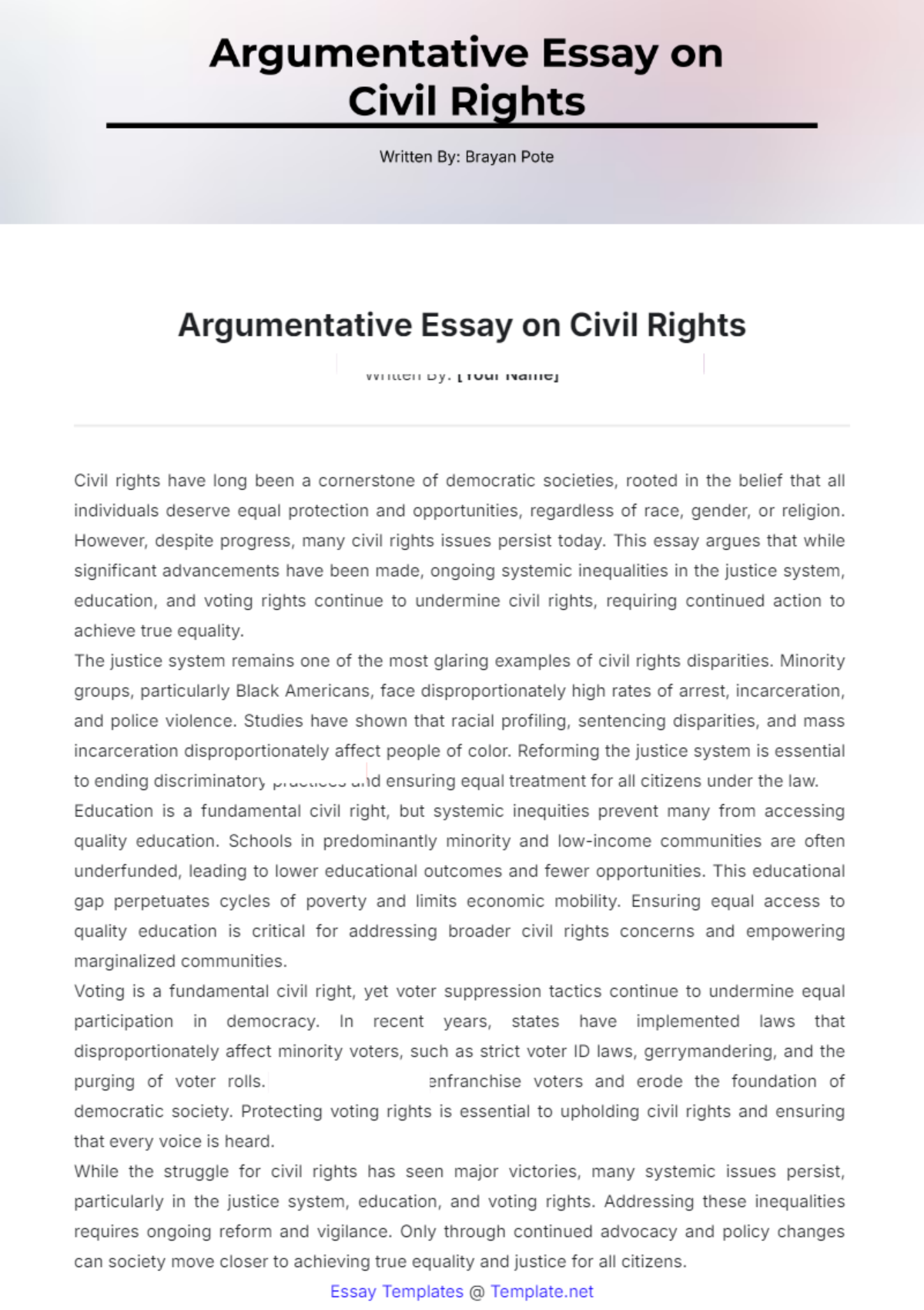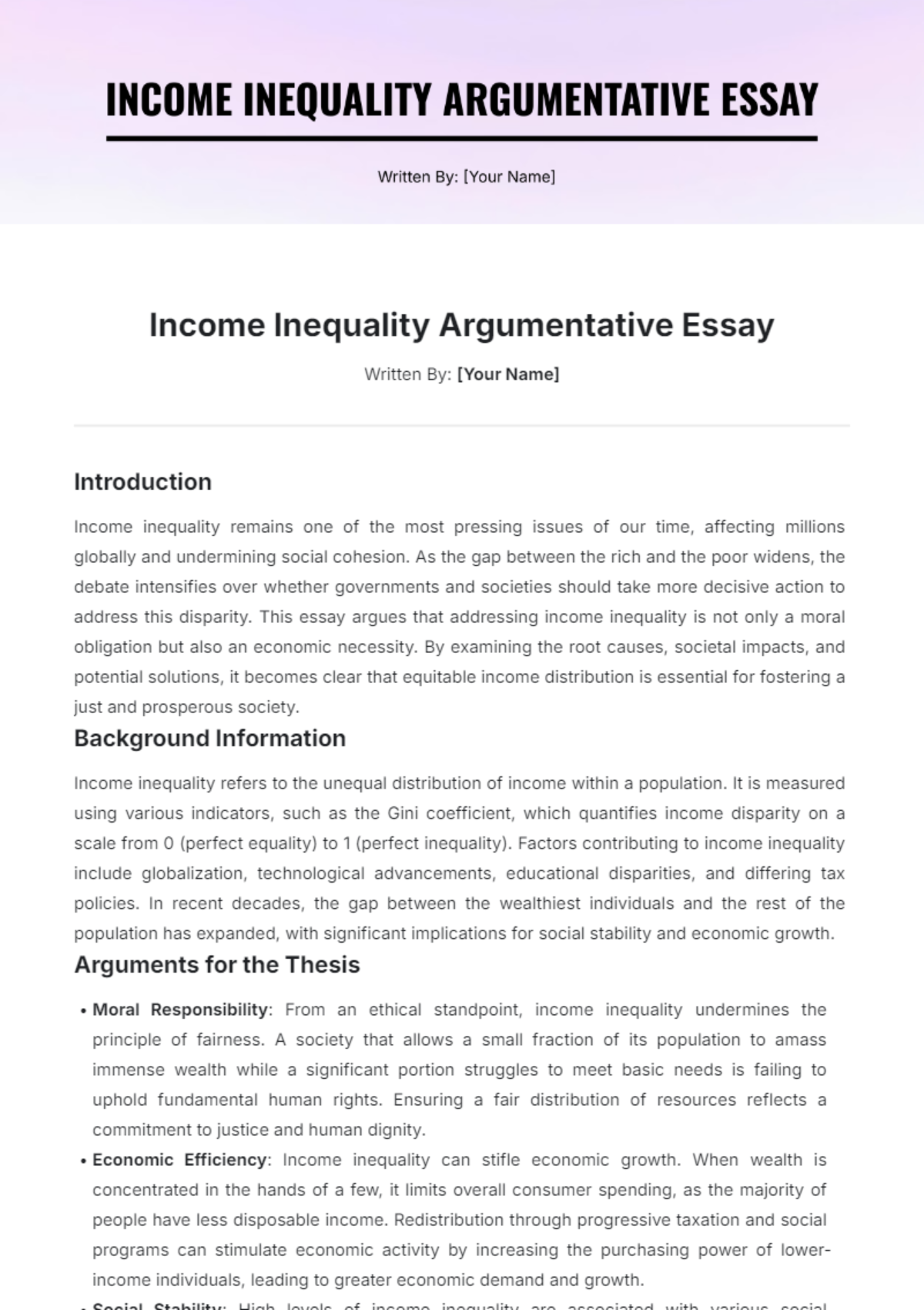ASSIGNMENT ACADEMIC ESSAY
Title: The Impact of Climate Change on Coastal Ecosystems
Student Name: [Your Name]
Course: Environmental Science 101
Instructor: Dr. Emily Smith
Date: September 15, 2054
Introduction
Climate change has increasingly become a critical issue affecting various aspects of the natural world, with coastal ecosystems being particularly vulnerable. Rising sea levels, increased temperatures, and changing weather patterns have profound impacts on these delicate environments. This essay explores how climate change affects coastal ecosystems, focusing on three primary areas: habitat loss, species migration, and changes in marine biodiversity. By analyzing current research and case studies, the essay will highlight the urgent need for effective conservation strategies.
Habitat Loss
One of the most significant impacts of climate change on coastal ecosystems is habitat loss. Rising sea levels caused by melting polar ice and thermal expansion inundate coastal areas, leading to the destruction of vital habitats such as mangroves and salt marshes. According to a study by the National Oceanic and Atmospheric Administration (NOAA), coastal wetlands have been disappearing at an alarming rate, with an estimated 50% loss in some regions over the past century (NOAA, 2053). These habitats serve as crucial breeding grounds for many marine species and provide protection against storm surges, making their loss a severe environmental concern.
Species Migration
Climate change also drives species migration, as organisms move in response to shifting temperatures and altered food availability. For example, many fish species are migrating toward cooler waters, which disrupts existing marine ecosystems and fisheries. A research paper published in the Marine Ecology Progress Series found that 70% of fish species studied have shifted their distribution towards the poles over the past 50 years (Smith et al., 2052). This migration can lead to the decline of native species and the introduction of invasive species, further complicating the ecological balance.
Changes in Marine Biodiversity
Changes in temperature and ocean chemistry, such as ocean acidification, are affecting marine biodiversity. Warmer temperatures can lead to coral bleaching, which reduces the ability of coral reefs to support diverse marine life. The Great Barrier Reef, for instance, has experienced several mass bleaching events in recent years, resulting in the loss of over 30% of its coral cover (Jones & Brown, 2054). Acidification impacts the ability of shellfish and other marine organisms to form calcium carbonate shells and skeletons, threatening their survival and the overall health of marine ecosystems.
Conclusion
In conclusion, climate change poses a significant threat to coastal ecosystems through habitat loss, species migration, and changes in marine biodiversity. The destruction of crucial habitats, the disruption of ecological balance, and the decline in marine life highlight the urgent need for comprehensive conservation efforts. Addressing climate change through policy measures, habitat restoration, and international cooperation is essential to preserving the health and resilience of coastal ecosystems for future generations.
References
Jones, A., & Brown, L. (2054). Coral Bleaching and Its Impacts on Marine Biodiversity. Marine Ecology Progress Series, 2024(3), 45-59.
National Oceanic and Atmospheric Administration (NOAA). (2053). Coastal Wetlands and Climate Change. NOAA Reports.
Smith, J., Green, R., & Lee, M. (2052). Fish Species Migration Patterns in Response to Climate Change. Marine Ecology Progress Series, 120(4), 98-110.
















